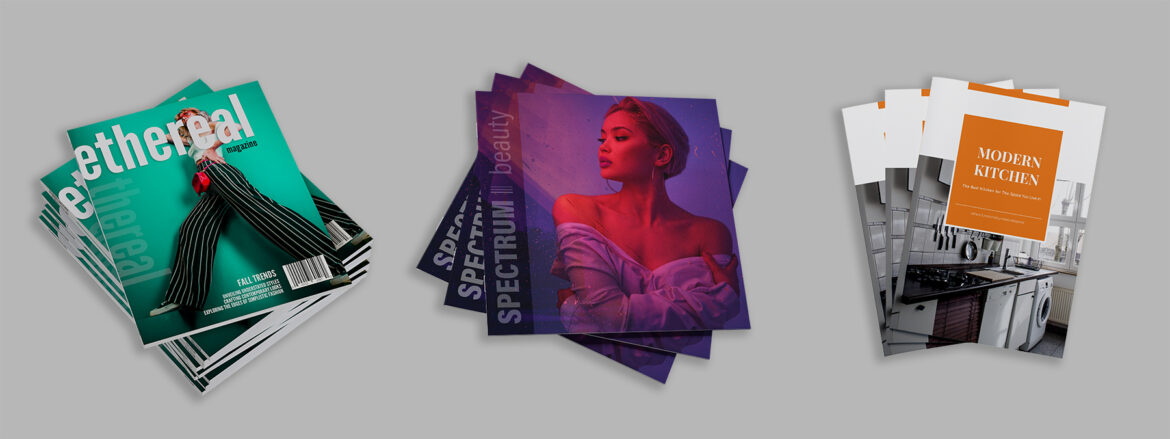In today’s digital age, where most marketing efforts are focused online, the power of print marketing often gets overlooked. However, integrating tactile elements into your printed materials can significantly elevate your marketing strategy and leave a lasting impact on your audience. In this blog post, we will explore how incorporating tactile elements can create a more memorable experience for your target audience and help your brand stand out in a crowded marketplace.
Understanding the Power of Touch in Print
Humans are sensory beings, and the sense of touch plays a crucial role in memory and emotional connection. By adding tactile elements to your printed materials, you can engage multiple senses and create a more immersive experience for your audience. Studies have shown that incorporating tactile elements in marketing campaigns can increase brand recall and drive higher engagement levels.
One notable example of successful tactile marketing is the use of textured business cards. By incorporating embossing or debossing techniques, companies can create business cards that not only convey professionalism but also leave a lasting impression on recipients.
Choosing the Right Tactile Elements for Your Printed Materials
When selecting tactile elements for your printed materials, it’s essential to consider how they align with your brand message and resonate with your target audience. Textured surfaces, such as raised patterns or soft-touch finishes, can add a tactile dimension to your designs and make your materials stand out.
Specialized finishes, like glossy or matte coatings, can also enhance the visual appeal of your printed materials. Embossing and debossing techniques can add depth and texture to your designs, creating a premium look and feel.
Tips for Designing with Tactile Elements
When designing with tactile elements, it’s crucial to strike a balance between visual appeal and functionality. Consider your target audience and the message you want to convey through your printed materials. Use tactile elements strategically to highlight key information and draw attention to important details.
Image courtesy of www.linkedin.com via Google Images
Testing different textures and finishes is also essential to find what resonates best with your audience. Conducting focus groups or gathering feedback from recipients can help you determine which tactile elements are most effective in conveying your brand message.
Printing and Production Considerations
Working with a printer who specializes in tactile printing is essential to ensure the quality and consistency of your printed materials. Communicate your desired tactile elements clearly and collaborate with your printer to bring your designs to life.
Understanding the cost implications and production timelines associated with tactile printing is also crucial. While tactile elements can enhance the overall look and feel of your printed materials, they may incur additional costs and require longer production lead times.
Measuring the Impact of Tactile Elements
Measuring the impact of tactile elements in your print marketing campaigns is key to evaluating their effectiveness and determining the return on investment. Gather feedback from recipients, track engagement and response rates, and analyze the overall success of your tactile printing efforts.

Image courtesy of www.printingcenterusa.com via Google Images
By understanding the impact of tactile elements on your audience and measuring their effectiveness, you can fine-tune your print marketing strategy and create materials that resonate with your target audience.
In Conclusion
In conclusion, the power of touch in print marketing should not be underestimated. By incorporating tactile elements into your printed materials, you can create a more engaging and memorable experience for your audience, driving higher brand recall and engagement levels.
Whether it’s through textured surfaces, specialized finishes, or embossing techniques, tactile elements can help your brand stand out in a competitive marketplace and leave a lasting impression on your target audience. Embrace the power of touch in your print marketing strategy and elevate your materials to new heights of creativity and engagement.




